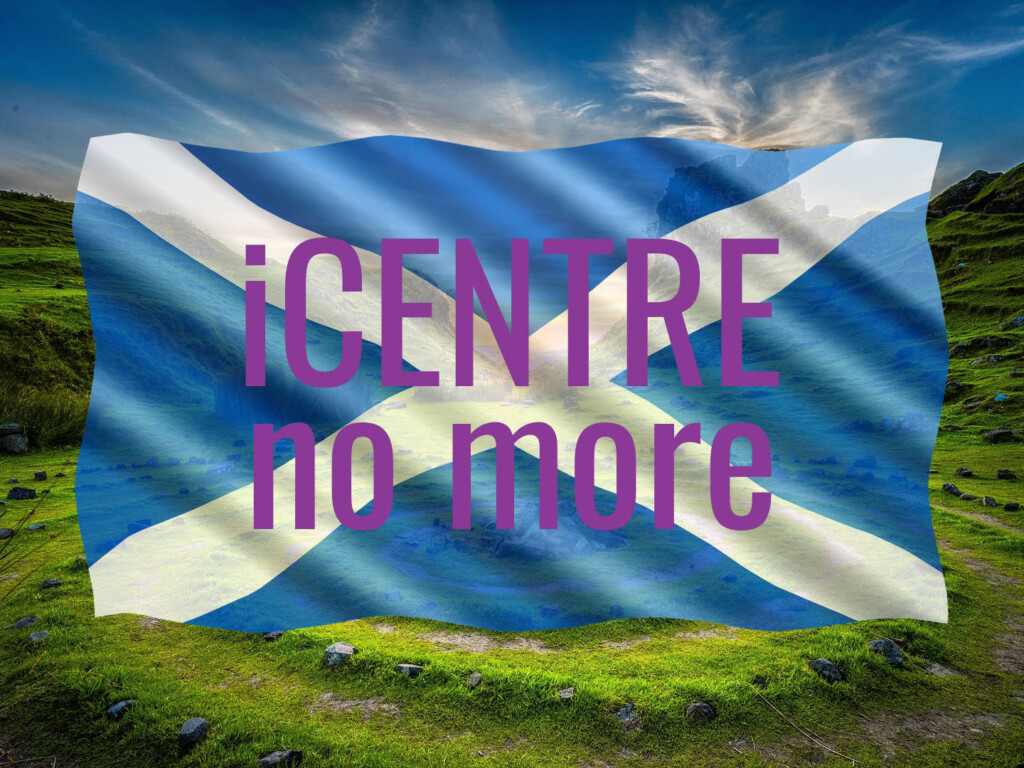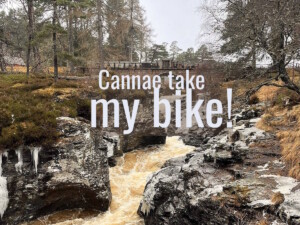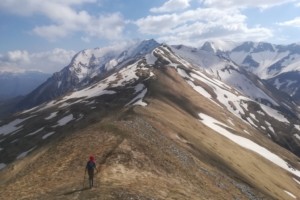The human touch: Why Scotland should keep its visitor information centres open

VisitScotland’s plan to close its visitor information centres (‘iCentres’) misses the mark, according to Alastair Naughton who pens his fourth “Good Tourism” Insight.
[You too can write a “GT” Insight.]
VisitScotland’s proposal to close all its iCentres by 2026 is a misguided strategy that fails to recognise the diverse needs of tourists.
While it is true that many travellers plan their trips online, an online-only approach to providing information overlooks several crucial factors:
‘One size fits all’ never works
There are some areas of Scotland where closing iCentres most certainly does not work. For example, The Orkney News reveals that no Island Impact Assessment was carried out in relation to the closure of the Kirkwall iCentre, as recommended by the Islands Act.
VisitScotland’s policy of wholesale closure is similarly inappropriate in other remote areas of Northeast Scotland, where local tourist information centres are hubs of the community. This broad-brush approach reveals a crass Central Belt-centricism, which, while not being suitable for any part of Scotland, will affect the more remote areas particularly badly.
The digital divide
The justification given by VisitScotland towards a so-called ‘Digital First Approach’ is that visitors to Scotland are simply not accessing information in the same way as they used to.
Noone can dispute the convenience of digital resources for those who know what they are looking for, have clearly defined expectations, and can complete the entire process from planning to payment from the comfort of their own home. However, not all visitors are tech-savvy or have reliable access to online resources.
iCentres provide a vital service for those who prefer or need face-to-face assistance. Even tech-literate visitors often prefer human contact.
Read more “Good Tourism” posts tagged “destination marketing”
The value of local knowledge
There is no substitute for the insider information and personalised recommendations that local visitor information centre staff can provide. And such recommendations, which in many cases arise from personal experience, are so much more efficiently obtained from an iCentre than by asking around in a supermarket or in a bar.
Furthermore, compared to digital content managers based in other places, the local staff of an iCentre are more familiar with the local visitor information in circulation, and are much better positioned to receive, verify, and disseminate updates from the destination’s attractions and service providers as well as process direct feedback from visitors.
Spontaneity in travel
The digital strategy adopted by VisitScotland is justified by the claim that visitors plan in advance ‘for the trip of a lifetime,’ and therefore do not use the iCentres when they arrive. This may have been the case during COVID. Indeed, the footfall during the pandemic was disastrous. But since then, in many iCentres, numbers have increased year on year. In 2023, iCentres attended to 1.37 million visitors.
It is simply not the case that every visitor plans in advance, let alone for a ‘trip of a lifetime’. For example, someone who lives in Aberdeen who decides to go on a spontaneous day trip to ‘the Birthplace of Scotland’, Arbroath, will likely find it more convenient to pop into the local iCentre to pick up a list of attractions and events for that day than searching for (perhaps outdated) information online. A well-informed iCentre employee will likely have the most relevant informaton for that visitor on that day.
The human element
Travel & tourism is fundamentally about human experiences. Personal interactions at information centres can create lasting positive impressions of Scotland and its hospitality.
For those in the know, Kirriemuir, a small town off the beaten track in the Angus district, is best known for being the birthplace of Bon Scott, the former front man of the world-famous rock band AC/DC. After a hellish 10-minute search of the electronic superhighway, I found the life-size statue erected in Bon’s memory. But that was only because I already knew about it and made targeted searches for it in the VisitScotland and VisitAngus websites! If only there were an iCentre in town.
Read more “Good Tourism” Insights by Alastair Naughton
Retail values multiple touchpoints
The move to close iCentres mirrors the shift towards self-service checkouts in supermarkets; a trend that has faced significant backlash. Having worked in retail I have experienced this first-hand. It is unfair on customers, and demoralising for staff who bear the brunt of customer frustration. The Scottish Government and VisitScotland should take note of this consumer behaviour.
Recognising the value of multiple touchpoints, many retailers are now reintroducing manned checkouts in response to customer preferences. They’ve recognised that while swift self-service solutions are important to some people sometimes, they should not be offered exclusively at the expense of people-powered services and those who prefer them.
A successful tourism strategy should incorporate both online resources and physical information centres to cater to all types of visitors. In terms of a welcome, a digital menu is no match for the warmth of that first human contact.
VisitScotland’s ‘collaboration’ strategy
VisitScotland, led by Lord Thurso, claims to be collaborating with stakeholders on its new strategy. However, for this strategy to be effective, it must prioritise a human-led approach; it must consult and collaborate with people.
Digital resources do indeed play a vital role in modern tourism, but they should complement rather than replace human interaction. Failure to do this could result in a significant decline in the quality of tourist experiences in Scotland.
It is simply unimaginable that the human face of tourism should disappear from the Scottish high street. As a matter of urgency, VisitScotland should reconsider its plan to close iCentres, and instead focus on integrating digital, physical, and human services to better serve our destinations and offer the best possible experience to all visitors to Scotland.
What do you think?
Share your own thoughts about the value of visitor information centres in Scotland or elsewhere. (SIGN IN or REGISTER first. After signing in you will need to refresh this page to see the comments section.)
Or write a “GT” Insight or “GT” Insight Bite of your own. The “Good Tourism” Blog welcomes diversity of opinion and perspective about travel & tourism, because travel & tourism is everyone’s business.
“GT” doesn’t judge. “GT” publishes. “GT” is where free thought travels.
If you think the tourism media landscape is better with “GT” in it, then please …
About the author

Alastair Naughton writes for the adventure and eco-luxury travel sector at Adventure Travel Copy, Scotland.
Featured pic (top of post)
VisitScotland’s plan to close its visitor information centres (‘iCentres’) is a catastrophic move according to Alastair Naughton who pens his fourth “Good Tourism” Insight. Mysterious stone circles by pexels (CC0) via Pixabay. Flag of Scotland by jorono (CC0) via Pixabay. “GT” added the words “iCENTRE no more”.





